The problem
Much of the UK public are unaware of carbon capture and storage (CCS) technologies, but of those aware, 63% would support it (Figures 1 & 2). Considering the positive outlook of those who know of the technology, it’s clear we need to further improve public awareness of CCS.

Figure 1: Awareness of carbon capture and storage, 2012 to 2019. Department for Business, Energy & Industrial Strategy, UK Government (2019).
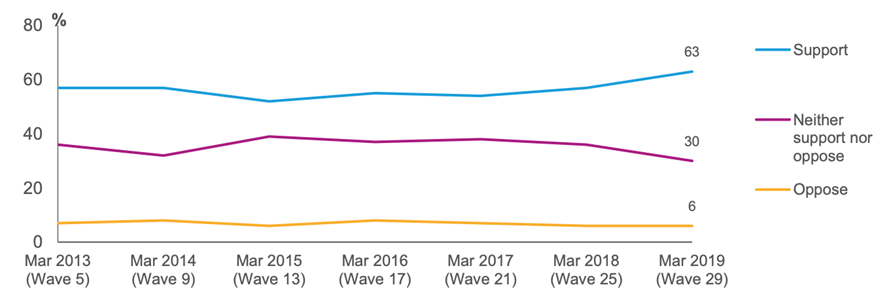
Figure 2: Whether support or oppose carbon capture and storage, 2013 to 2019. Department for Business, Energy & Industrial Strategy, UK Government (2019).
Direct Air Capture (DAC) (or, Direct Air Carbon Capture and Storage; DACCS) is one carbon dioxide removal technology that we could utilise (Figure 3).
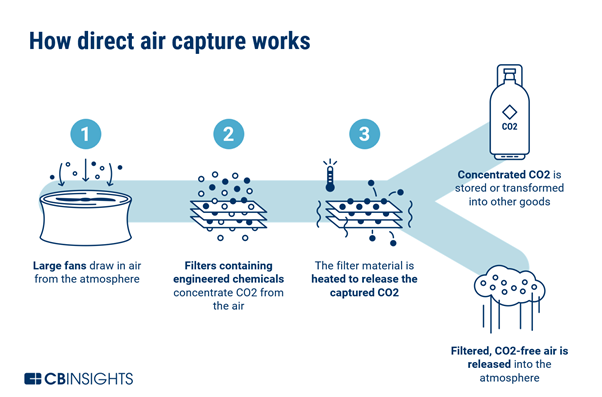
Figure 3: Simplified schematic detailing how DAC technology works. CB Insights (2021)
However, there are negative perceptions of the technology, with participants of a UK study citing engagement and understanding and energy demand as deciding factors (Cox, Spence & Pidgeon, 2020).
The question
How might we encourage the public to support DACCS?
Our solution
Carbon Capture Park
A DAC installation in an urban area, to engage local people. Designed by local artists.
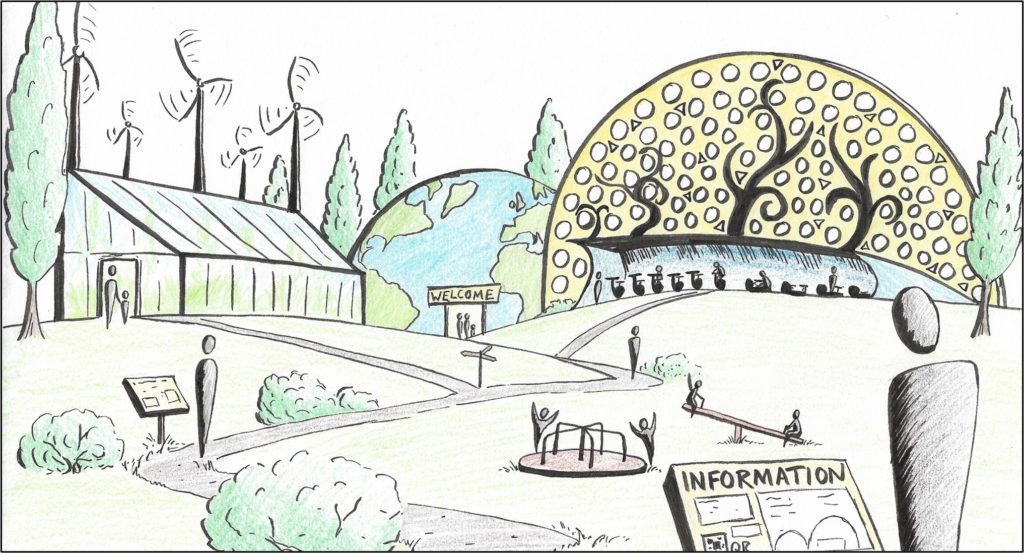
Figure 4: Carbon Capture Park concept logo and park design
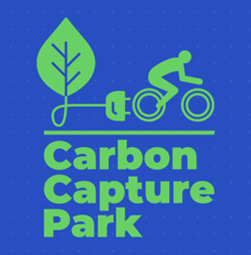
Our Carbon Capture Park (Figure 4) combines the carbon capture process with the everyday activity of going to the gym. Specialist energy-generating gym equipment will be connected to an on-site DACCS unit, allowing individuals to directly contribute to carbon drawdown as part of their daily routine. This also satisfies some of the energy demand for the DACCS unit. For example, DACCS requires ~400-1000 kWh energy to draw down 1 tonne of CO2. One hour of rowing by one person could drawdown ~0.5 kg (~0.001 tonnes) of CO2.
Our novel app, DACC ATTACK (Figure 5a), will track an individual’s contribution to carbon drawdown, offering scope for gamification of carbon capture through competitions (Figure 5b).
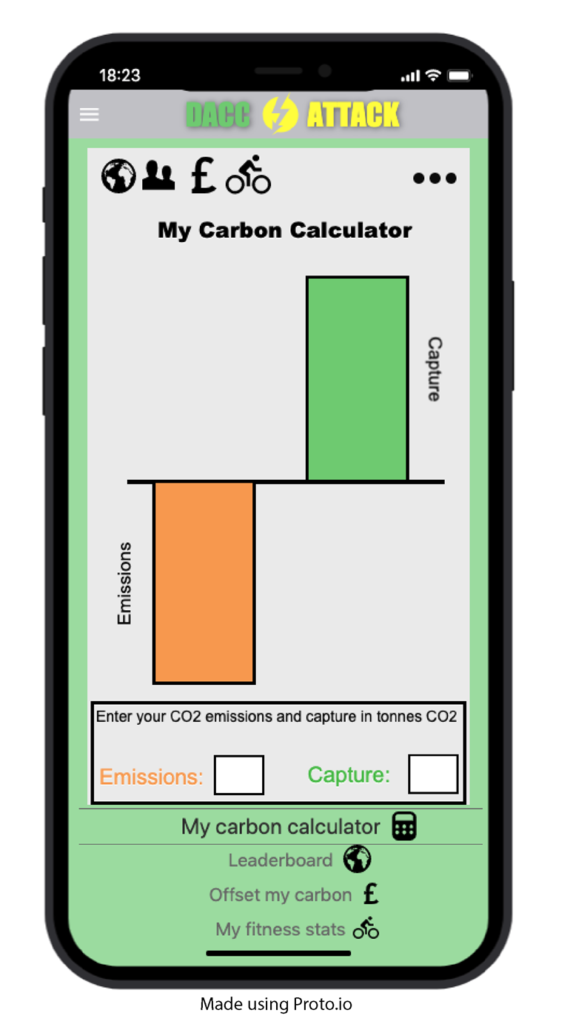
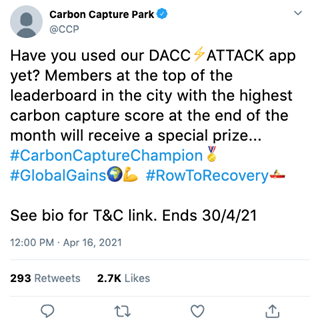
Figure 5: a) DACC ATTACK app concept design and b) example of a social media campaign.
The Carbon Capture Park also has scope to include other features (Figure 4), such as on-site renewable energy generation (e.g. wind turbines), carbon storage through pumping concentrated CO2 into a greenhouse for uptake by plants and an information centre/information boards.
This will allow the public to make a direct difference whilst raising awareness of the scale of the carbon drawdown task, and how DACCS could be the solution. We believe our solution, promoting direct personal involvement with DACCS technology, raises awareness of the feasibility and necessity of DACCS and will lead to wider discourse of climate change issues. The envisaged form and scale of public engagement can have an impact on policy, as public activism may catalyse governments and companies into action. This will spur further government-backed funding, reduce obstacles to DACCS implementation and accelerate this novel carbon capture technology.
References
CB Insights, 2021. ‘Direct Air Capture Explained: The Buzzy New Carbon Reduction Tech Gaining Exec Attention.’ CB Insights, 7 April 2021. Available at: https://www.cbinsights.com/research/direct-air-capture-corporate-carbon-reduction/ (Accessed: 26 April 2021).
Cox, E., Spence, E. and Pidgeon, N., 2020. Public perceptions of carbon dioxide removal in the United States and the United Kingdom. Nature Climate Change, 10(8), pp.744-749.
Department for Business, Energy & Industrial Strategy, 2019. BEIS Public Attitudes Tracker: Wave 29 Key Findings. UK Government, 9 May 2019. Available at: https://www.gov.uk/government/statistics/beis-public-attitudes-tracker-wave-29 (Accessed: 26 April 2021).